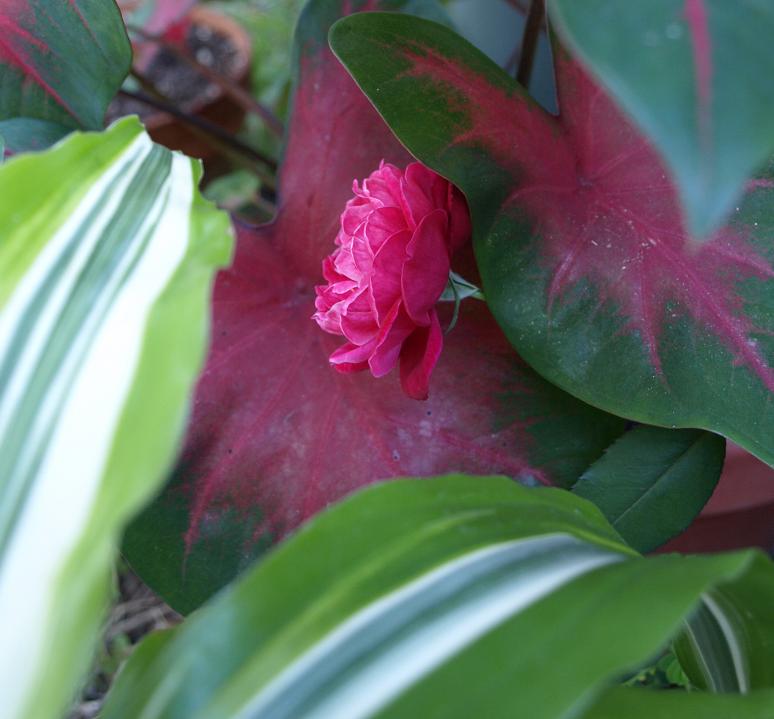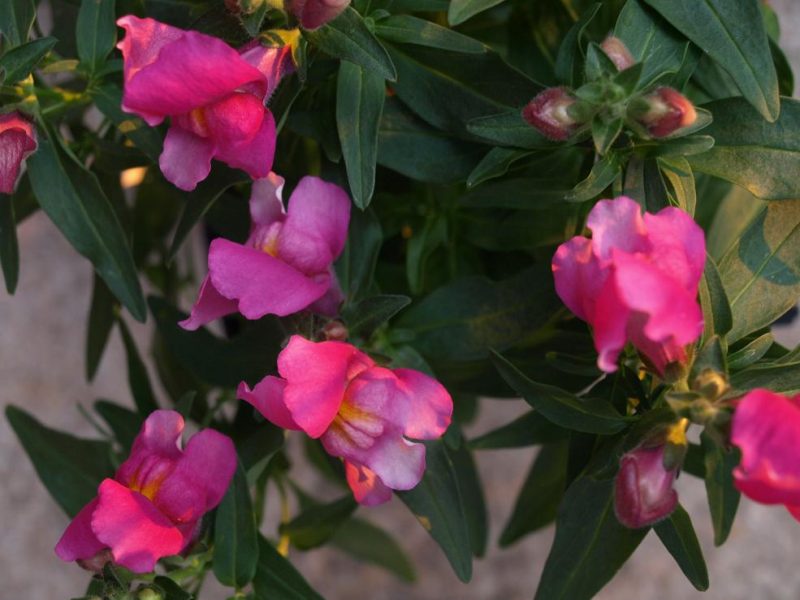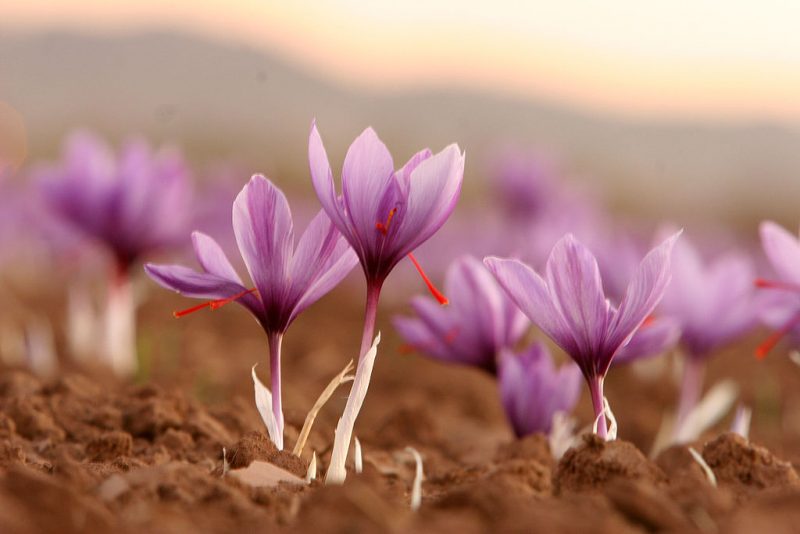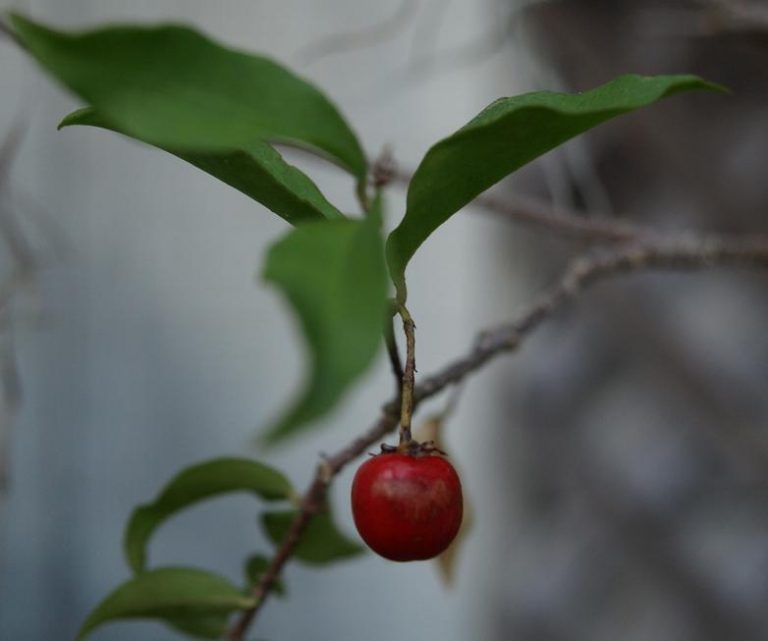Fall isn’t always a fun time of the year for gardeners. Even those without allergies find themselves dealing with the sudden death matches of cold temp’s vs tender plants, thanks to the changing seasons. Annuals that have merrily rolled along all summer are starting to look withered and miserable. Leaves are coming off trees. Even the hardiest of perennials are going dormant, which is always a little stressful for their owners. During autumn our gardens could do with a little pizzazz. Yet the autumn months are where some plants really get their chance to shine. And no, I’m not talking about those ghastly, ubiquitous mums! Read on for more tips and great plant options for adding color to your home and garden this fall.
Climate Considerations

Gardeners living in warm climates obviously have more options than those whose yards turn into frozen wastelands in the winter. In such situations, I’d advise gardeners to invest low-cost houseplants like peace lilies, cacti, succulents, and asparagus ferns. There are plenty of colorful succulents to enliven your house. Those that don’t find the available selections bright enough can always line their plant containers with colorful pebbles or look out for hybrid cacti which are available in frighteningly unnatural neon colors.
Those who don’t mind fussy houseplants might also opt for the sweetly-scented cyclamens that bloom in the winter. However, these plants only seem to stick around for a few months so be forewarned that trying to coax them through winter might not be possible.
Fall Color with Annuals

Individuals living in spots where it doesn’t get much below freezing might be able resuscitate the pansies, violas, and snapdragons that they bought in the spring. Or they could instead buy new plants to add a splash of temporary color in the fall. Some years I’ve had more luck than others in this regard. A lot like the Hunger Games contestants, the odds have never been in their favor. It’s 2 out of 5 this go round that survived.
Other annuals gardeners may want to try include calendula, a herb which is known for its healing properties, and poppies which you have to sow in the winter for them to show up in the spring. However, there’s far more perennials than annuals to choose from during the winter months.
Fall Color with Perennials

Fall blooming crocuses are fun additions to any garden, particularly if you don’t mind making online orders and have experience fending off hungry squirrels. Gardeners that enjoy yellow rice or paella want to try their hands at growing saffron crocuses (Crocus sativus), which are one of the fall blooming types. Just be sure that these corms (which have edible stamens) don’t get mixed up with any other varieties. Other types of crocuses can be toxic to both pets and human beings if they’re eaten.
Anise hyssop (Agastache foeniculum) is another perennial herb that keeps going long after the basil has kicked the bucket and the mints have gone into hiding for the winter. It’s a low maintenance plant that returns regularly in the spring. It’s also great at attracting bees. However, it can start to look shabby if the dead flowers aren’t removed on a regular basis.
Sedums are another great option for fall. These plants that require little tending, which is certainly an asset when you’re trying to clean up the garden before winter hits in earnest. For a number of years, I had a flaming Katy that constantly delivered a profusion of pink flowers at Christmas time. Of course, by that point it had been brought inside to protect it from the freezing outdoor temperatures.
More Perennials

Fall flowering sages (as shown above) work well if you happen to have plenty of space in your yard. Some of these are naturally more cold tolerant and less picky than others. Specifically, I had a pineapple sage that got to be several years old before it died, but it wilted at the slightest provocation in the summer and dropped all its leaves at the first hint of chill in the winter.
Other recommended plants for fall gardens include asters, helianthus (perennial sunflowers), turtleheads, some camellias, and fall-flowering anemones. If you’re not allergic to them like I am, amaryllises are a great indoor option. Of course, if you’re not big on flowers, ornamental vegetables like kale, cabbage, and Swiss chard will work just as well to add splashes of fall color to otherwise dull landscapes. As always, happy gardening!


It’s a low maintenance plant that returns regularly in the spring. It’s also great at attracting bees. However, it can start to look shabby if the dead flowers aren’t removed on a regular basis.